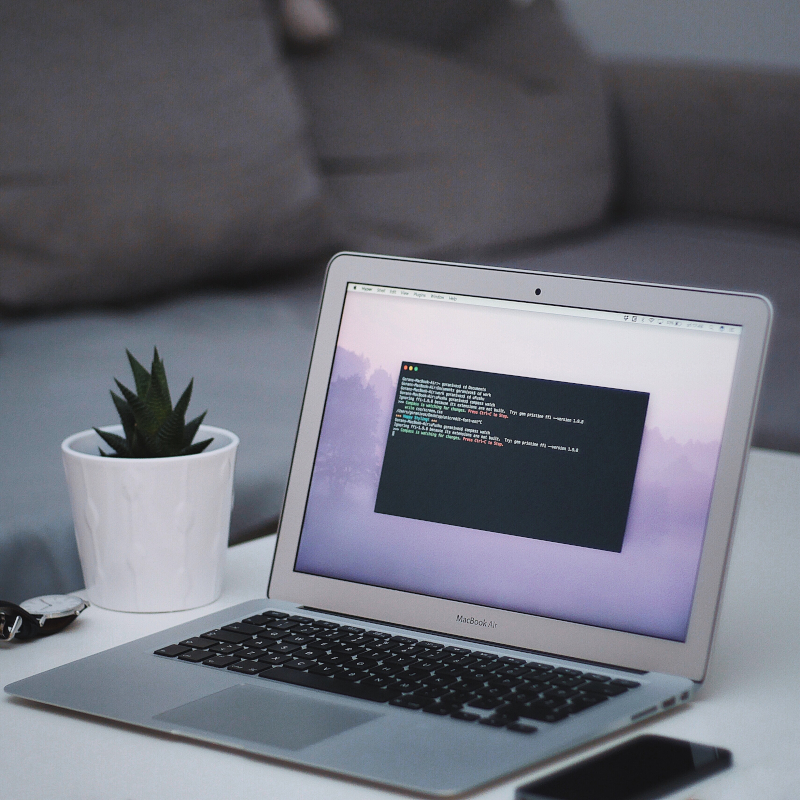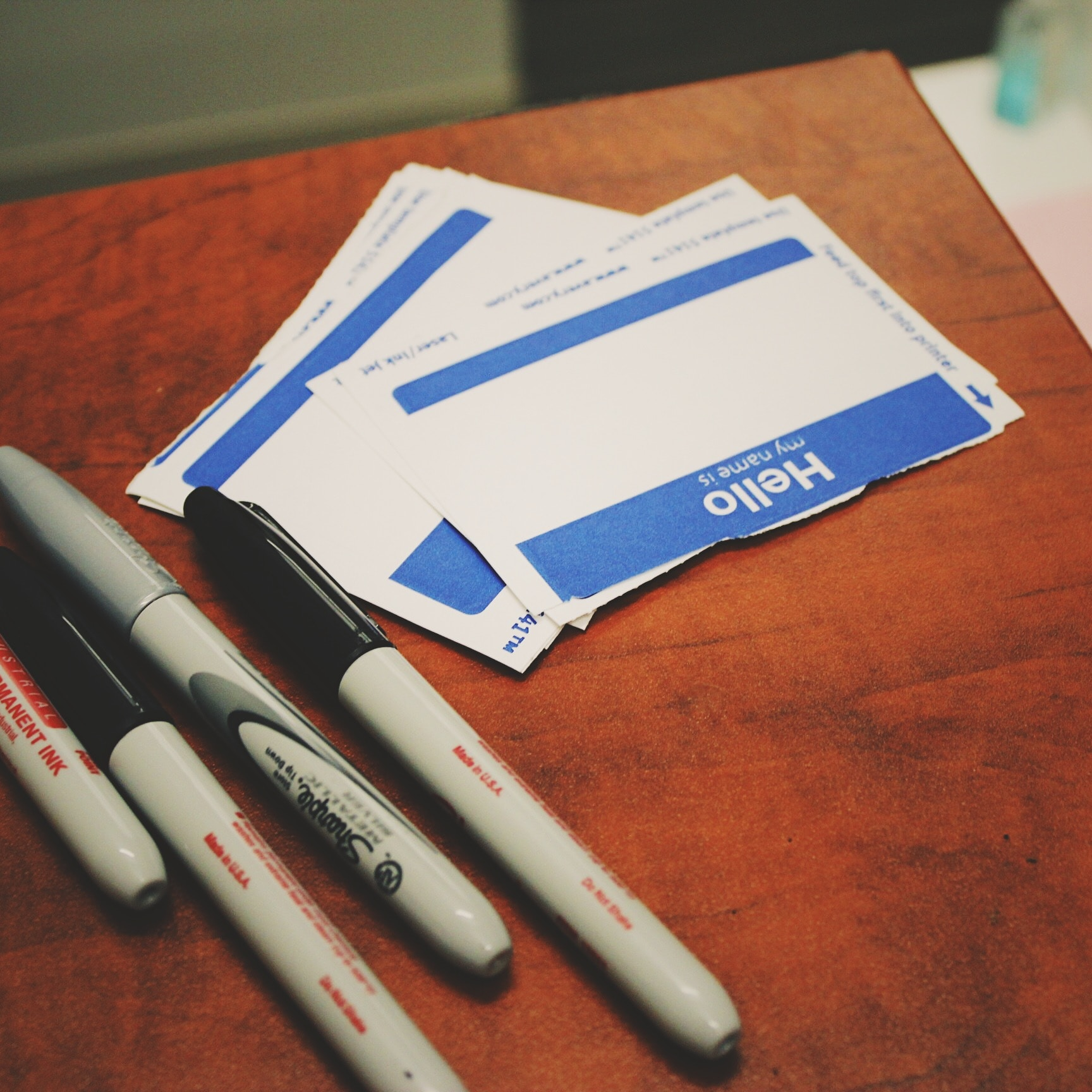It seems these days that I often find myself in the position of one of the elder programmers in team settings. This is unsettling for various reasons, one more obvious being that I’m just over 40, and one of the most troubling being that there’s still so much to learn. However, I do find that there’s some perspective that comes from being involved in the same industry for a while (27 years or so now—time waits for no one), and perspective, I’ve found, is always valuable. I often hear folks waxing nostalgic about PHP or the early days of JavaScript, but I hear very little about the wonder of a language that PHP and JavaScript, warts and all, could never have come to be without. That language is Perl. To understand its significance we have to do a little time traveling, but before we do that let’s talk a little about programming.

















